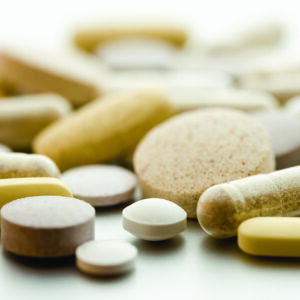
The Office of the Chief Coroner (OCC), the Death Under Five Committee (DU5C) and the Pediatric Death Review Committee (PDRC) collectively strive to appropriately assign the Manner of Death to an average of 560 of the approximately 1,200 Ontario children and youth less than 18 years old who die each year.
Despite having sections of the 46-page annual report (including numerous pie charts and bar graphs) dedicated to cases involving at-risk children in Aboriginal communities, at-risk children involved with CAS and cases involving both, there is no acknowledgement of the special Earth-health relationship experienced by Indigenous communities.
There is no understanding anywhere within the colonial healthcare system of the precarious balance that socially, culturally and economically vulnerable people perform with spirits, culture, minds and genetics that have been finely-tuned over many thousands of years to a very different pre-contact environment.
If “genetics loads the gun but environment pulls the trigger” and children under one year old are known to be supremely sensitive to poor air and water quality, an “Environmental Factors” category could and should be added to the current options of Homicide, Suicide, Accident, Natural and the catch-all, Undetermined, manner of death in the face of the massive environmental shifts of recent decades that have been ultimately caused by the Crown breaking its Treaty responsibilities with Indigenous peoples.
To their credit, the Office of the Chief Coroner seems on the brink of connecting the dots between the environment and children’s health, as evidenced by their adoption of the Triple Risk Model to explain Sudden Infant Death Syndrome (SIDS) put forward by HC Kinney and BT Thach in the New England Journal of Medicine in 2009, although they’d likely be farther ahead by consulting and learning from clan mothers and other holders of traditional knowledge.
But until that happens, the prevalent thinking is that the highest risk for SIDS is experienced by children in the centre of the Venn diagram of 1) underlying vulnerability, 2) critical period of development, and 3) exposure to modifiable environmental stressors.
However, by focusing attention and resources exclusively on sleep position, nicotine exposure and overheating, caregivers, CAS workers, clinicians and coroners are blind to environmental factors like radioactive elements (radon gas), volatile organic carbons (hydrocarbons) and agents of oxidative stress (toxic metals and fluoride) in air, water, soil and food that can trigger a genetically-determined underlying vulnerability at a critical period of neurological, hormonal or kidney development.
Given the strategies and technologies that are now available like “open scans” with the gas chromatograph – mass spectrometer (GC-MS) equipment that the Drug Squad at the Pan Am Games in Toronto this summer will be using to find banned substances in the urine of the competing athletes, policy-makers can and must do more than they have in the past to protect the environment and health of our children.
For example, in 2011, Statistics Canada reported that Oxford County (where I live) had the highest rate of female infant mortality in all of Ontario for Peer Group “A” with 6.3 deaths per 1,000 live births and generally some of the worst adult health outcomes despite meeting Ministry of Environment (MOE) water quality standards for everything but fluoride and sodium.
However, a 2012 independent study with the Vancouver 2010 Olympic GC-MS identified 19 “off-list” chemicals in our tap water and enough dissolved minerals to give an entire hard rock band kidney stones, and a 2006 University of Waterloo graduate thesis revealed that 69% of Oxford water supplies are unsafe for formula-fed infants.
Considered together, it becomes obvious that a good place to start reducing the number of children who end their lives in the “Undetermined” category might be to burn the Ontario Drinking Water Standards target list altogether and “adopt in” the Pan Am Games GC-MS units to amenable Aboriginal communities as a Treaty renewal and reserve-based economy opportunity.
Yes, this will likely be disruptive to the colonial “sickcare system” that would rather treat imbalances with chemicals than prevent them in the first place, but it is necessary, because the only thing worse for a community than losing even one child is not knowing why.










